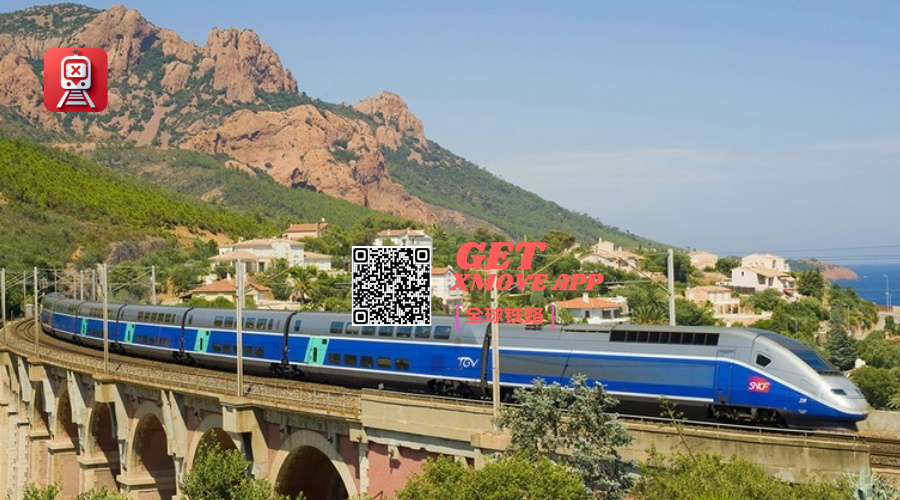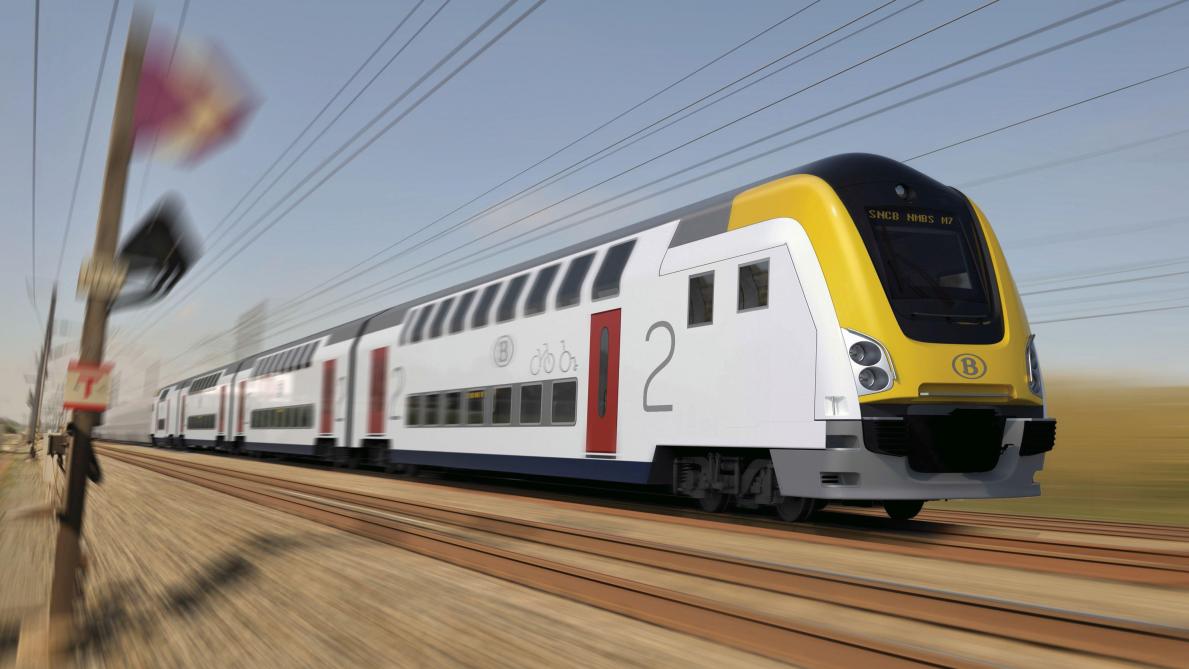Hamburg Hauptbahnhof (Hamburg Hbf) is the main railway station for the city of Hamburg and the busiest station in all of Germany. Opened in 1906, it serves as one of the most critical transportation hubs in Europe, connecting long-distance international routes with Germany's high-speed (ICE), regional, and local S-Bahn (suburban) and U-Bahn (subway) networks.
Architecture and Design
The station's most defining feature is its magnificent and imposing architecture. The main structure is dominated by a massive, 70-meter-wide iron and glass trainshed that spans the platforms, which remains the largest unsupported station hall in Germany.
Designed by architects Heinrich Reinhardt and Georg Süßenguth, the building was modeled after the Galerie des machines (Gallery of Machines) from the 1889 Paris World's Fair. The exterior, however, was built in a more severe Neo-Renaissance style, reportedly due to the intervention of Kaiser Wilhelm II, who preferred a stately, fortress-like appearance over the original Art Nouveau proposals. The station is anchored by two 45-meter-high clock towers that flank the main entrance.
Layout and Atmosphere
Unlike many grand European stations that are termini (end-of-the-line), Hamburg Hbf is a "through station." The tracks and platforms are located in a cutting below street level.
The main passenger concourse is not at ground level but on a bridge that spans over the tracks. This area includes the Wandelhalle (Promenade Hall), a large, two-story indoor shopping mall that was added in 1991. This mall contains over 75 shops, restaurants, and service centers, and is open seven days a week, making the station a significant commercial and social center in its own right.
With over 550,000 passengers passing through each day, the station's atmosphere is one of constant, bustling activity. It is a vibrant, loud, and energetic nexus point. While it is praised for its efficiency and connectivity, its immense foot traffic also means it can feel extremely crowded and hectic. Like many large, central urban stations, it also has a grittier side and is a microcosm of city life, reflecting both the dynamism and the social challenges of a major port city.













